I Tried the Four-Box Decluttering Method, and Now I Can Let Go Of Things Without Feeling Guilty
This method guides your decision-making to make decluttering less intense to undertake
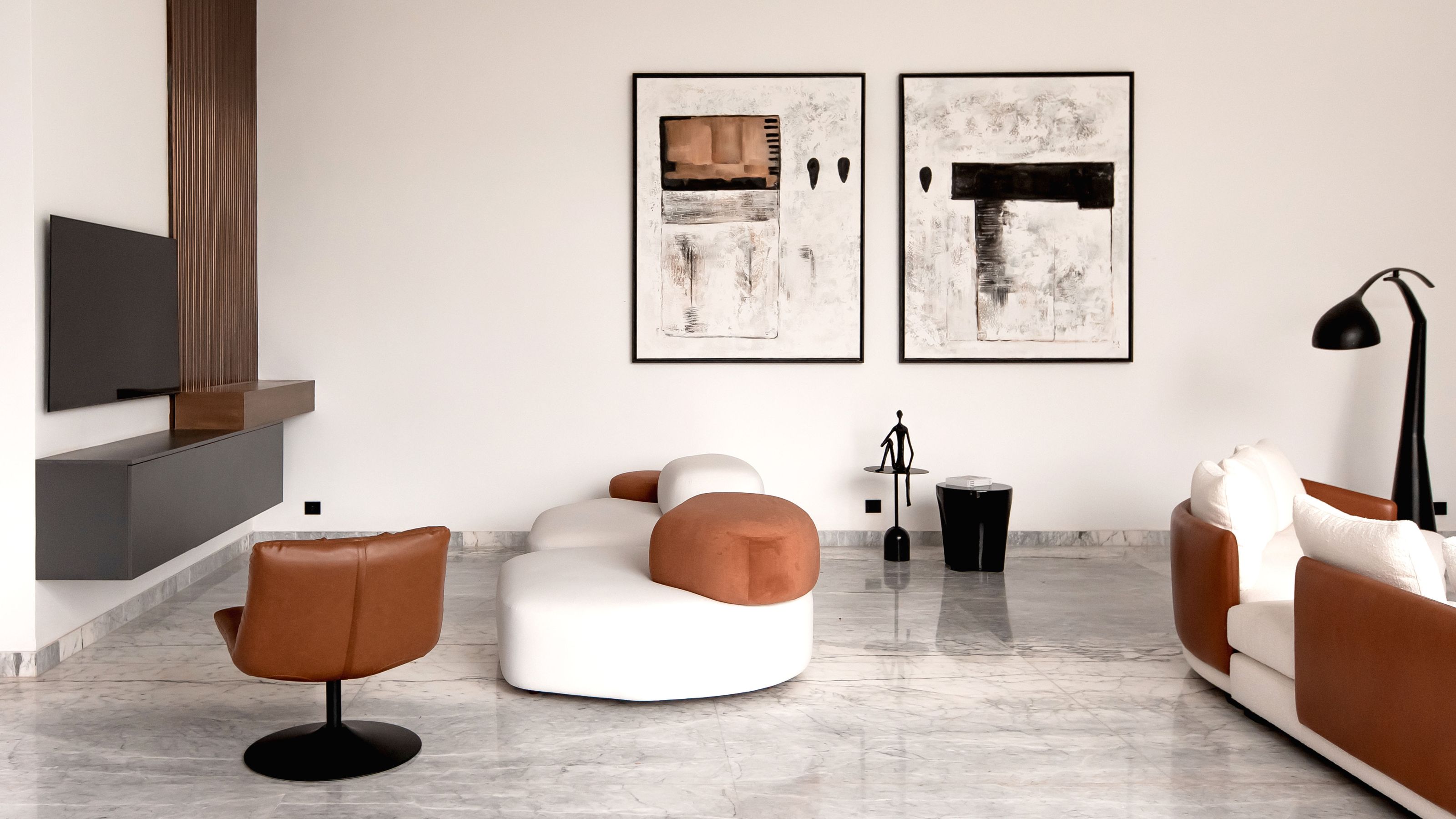

If the start of the year slipped away from you at the speed of light, you're not alone. I'm feeling it, too, and in all honestly, I haven't quite gotten as into my New Year's cleaning as I had initially intended.
There are endless options and approaches out there when it comes to decluttering your home, but if you're a fan of simply picking items up and dropping them into a categorized box, this method may be just what you need to kick-start a clutter-culling.
I talked to professional organizers about a method called the 'four-box-method' of decluttering to see how beneficial it is to my space, and after trying it myself — here's what I found out.
What Is the Four-Box-Method Of Decluttering?
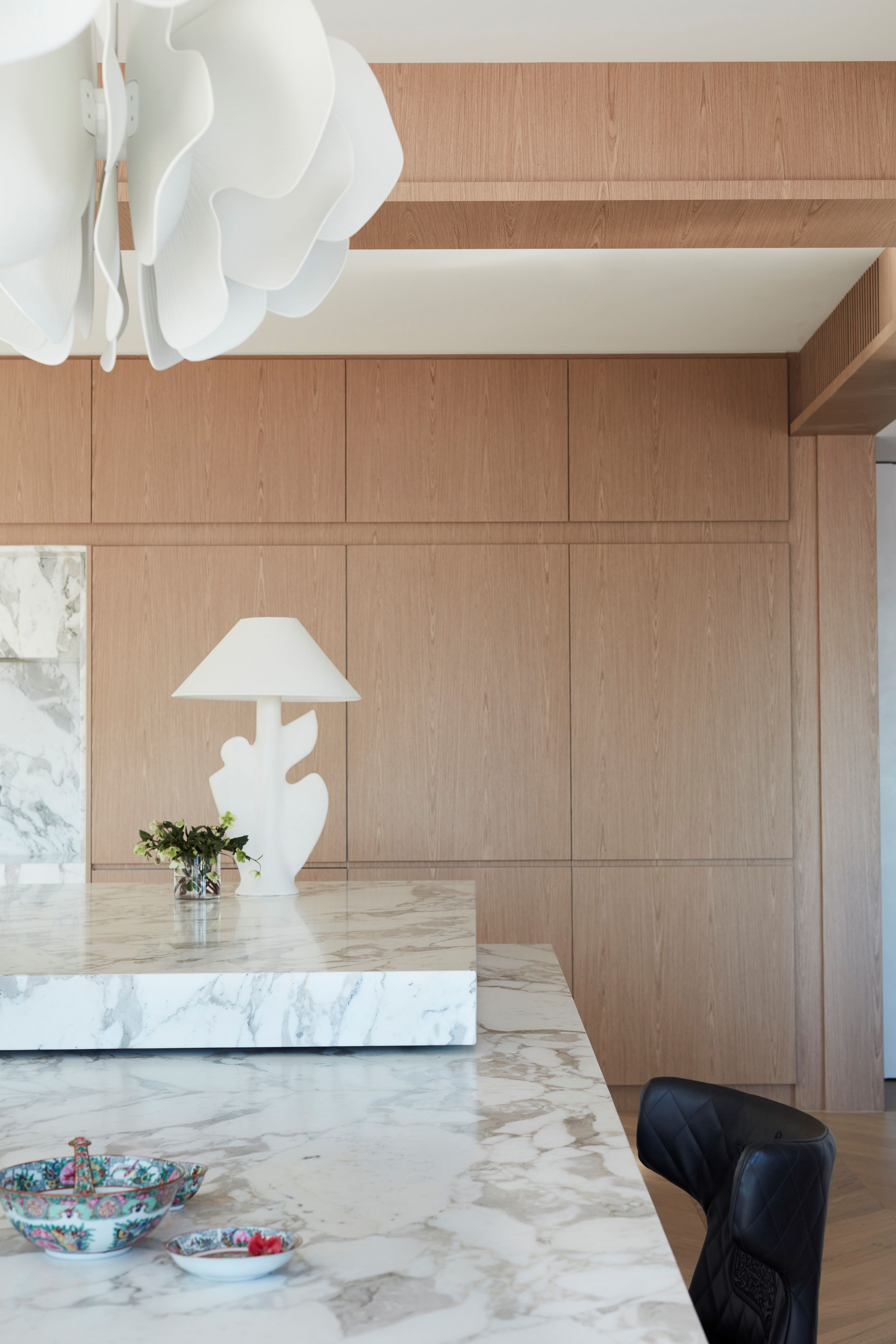
Messy kitchen? No, thank you — we're here for clean lines and a clutter-free space.
The four-box method, as you may have guessed, involves using four boxes to help a person pare down their possessions, with each of the four boxes serving a clear, designated purpose.
As Ben Soreff, a professional organizer and partner of House to Home Organizing, explains, "The four-box method for organizing and decluttering items is as advertised. You set up four boxes in the space you are currently decluttering —Keep, Donate, Toss, and Storage — and use these to help guide your decision-making. This method is helpful for visual learners or those who want to declutter their home but don't know where to start."
The four-box-method decluttering tip can be applied to decluttering a home room by room, or you can place your four boxes in a central location, like your living room, and walk around your home, placing items inside. The easier approach is to work room by room so you don't get as overwhelmed by the sheer amount of stuff you're handling, but everyone is different.
To undertake this decluttering method, all you need is four boxes and a label maker. These boxes could be anything, like this Extra Large Strong Double Wall Cardboard Packing from Amazon. Or this MoveEazy Cardboard Moving Box also from Amazon. But what's more important to consider is how spacious your boxes need to be. Opting for large containers will make your life easier, but if you carry them from room to room, they may get heavy to lift, even with handles.

Ben Soreff is a partner at House to Home Organizing. He is originally from Portland, Maine and used to work in film & TV Production. Ben graduated from Skidmore College and has experience with Level 5 Hoarders.
I Tried It and Here's What Happened
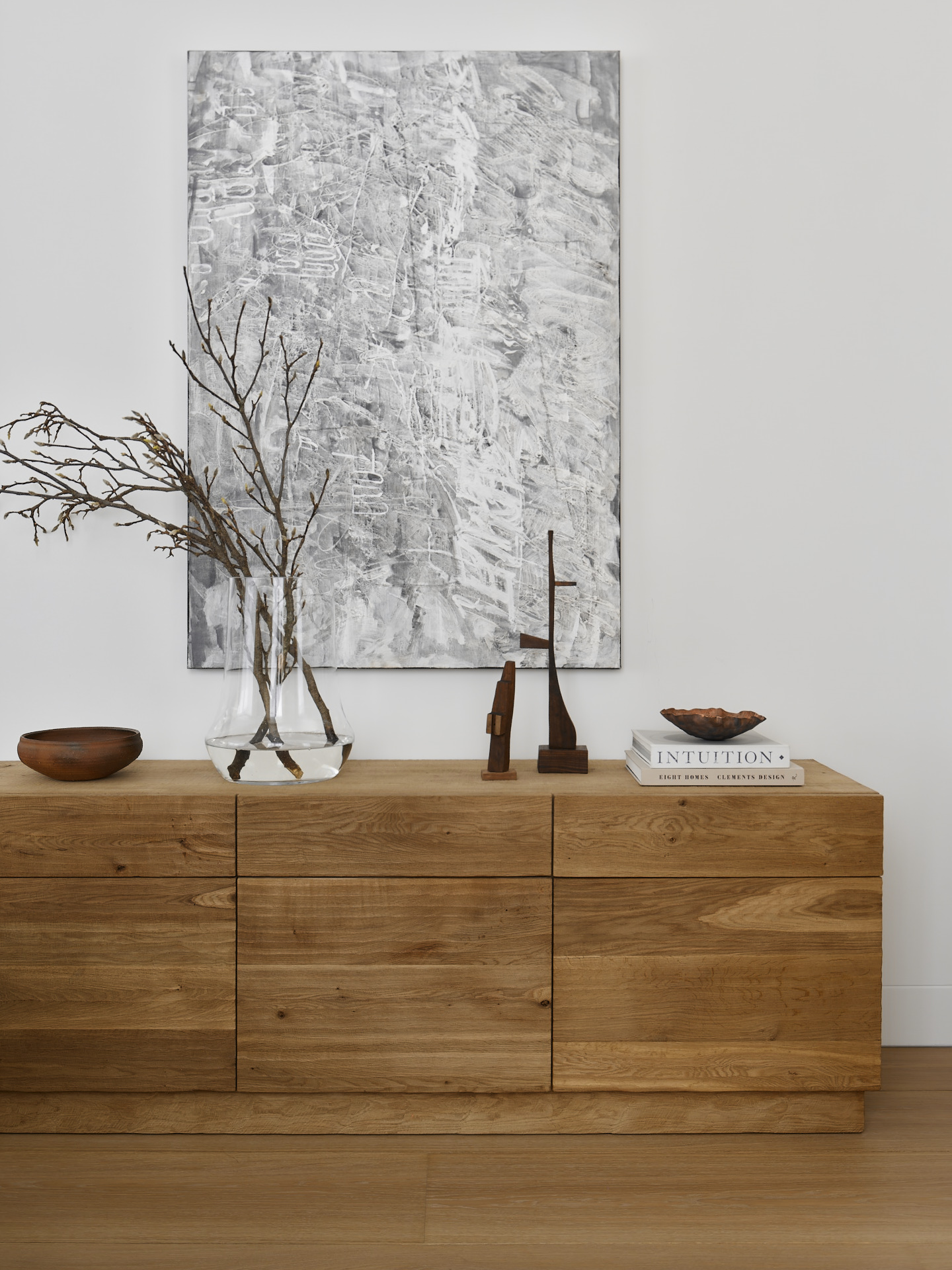
Add statement pieces onto certain spots around your home to avoid clutter.
After assessing my space and how I felt the four-box method could best help me to declutter and regain home organization, I decided that I would tackle my space in two parts: the main living area and then the kitchen, entryway, and bathroom together. As someone who lives in a small studio apartment, I felt this was the best way to divide up my space, as the kitchen, entry, and bathroom are small, and the main living area is the place I wished to give the most attention to as I spend most of my time in that space.
I gathered four fold-out fabric boxes from a local store similar to these Beige Fabric Storage Boxes with lids from Amazon to use for the challenge as they were spacious and easy to store away after decluttering. I also used some spare carrier bags from the grocery store to bag up my items to donate. Placing my four boxes onto my bed, I began by first looking around my main living area and zoning the space in my mind: the wardrobe, my desk, a set of drawers, etc. Doing this gave me a plan so I could tackle areas one by one, creating categories in the four boxes — this is a great way to declutter when you are feeling overwhelmed.
I enjoyed the pace of this decluttering method and how quickly I could see my progress. As my box of items to donate continued to fill, I felt like I was achieving something. It was similarly refreshing to see my 'keep' box fill up with all of my favorite possessions. It made me look forward to returning my items to where they belong.
Mary Jo Contello, a certified professional organizer and owner of Organized By MJ, says, "Giving yourself four different options when evaluating something helps to make decisions, reducing your 'maybes' and decision fatigue. When purging people can get stuck or unsure of what to do. But when they have steps to follow and categories it helps to give them a path."
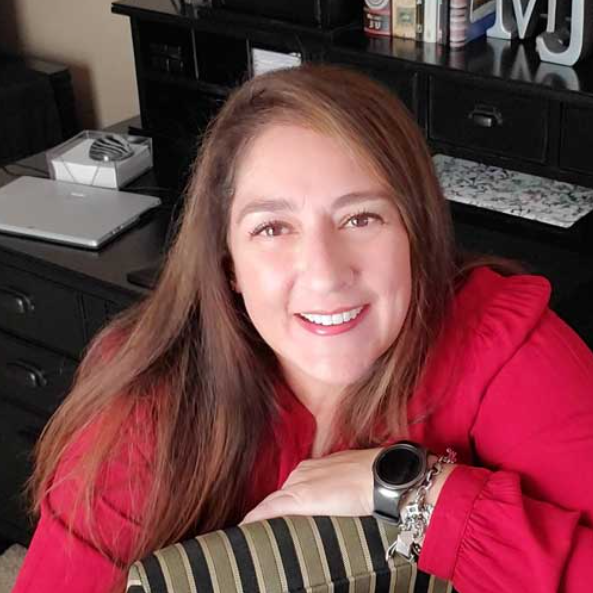
Becoming a professional organizer always seemed like it was a natural fit. I have always had a passion for decluttering spaces and bringing order to homes, offices and the lives of people who are tired of being overwhelmed by clutter.After spending years in the corporate world, downsizing and layoffs left me with a sudden need for a new direction in life. I started Organized by MJ with the goal of not only cleaning and organizing people’s spaces, but also providing them with lasting solutions to avoid “clutter hot spots” in the future.
I tackled each 'zone' one at a time, taking out each item one by one and assigning it to a box. Anything I was unsure of, I kept to the side in a pile to address again at the end, so I didn't lose momentum, though I didn't accumulate too many of these items.
Once I finished my living area and reset my boxes, putting my 'keeps' away, discarding any trash, storing items that needed to go into my under bed storage, and placing my 'donate' items into bags, I did the same with the other areas of my home, taking each item out one by one.
FAQs
What Are the Common Mistakes When Using This Method?
No method comes without the potential to make mistakes, and this one is no different. Di Ter Avest, professional organizer, owner of Di Is Organized, and author of the book 'Organize Yourself Healthy', shares how the four-box method can encourage people to keep too much as the 'keep' box still ticks off making a decision in the challenge: "One of the biggest challenges with the four-box method is keeping too much. If you find that most of your stuff is ending up in the 'Keep' box, take a step back and ask yourself, Would I buy this again today? If the answer is no, it might be time to let it go. You have to be honest about what you truly need and use."
It can be especially tricky to sift through sentimental items on your decluttering checklist. Another common mistake is attaching sentimental value to most of what you own when, in reality, those items aren't that important in your life.
"Sentimental items can be tricky," says Di. "If something has emotional value but you don't use it, consider taking a picture of it instead. This way, you can keep the memory without holding onto the physical item. If you're really still struggling, set a limit—keep only a small box of sentimental things rather than keeping everything."
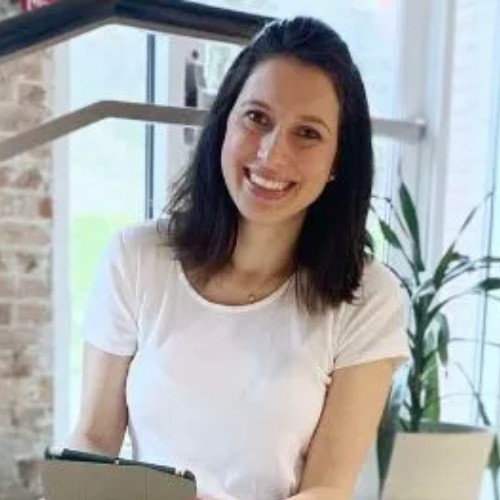
Di Ter Avest is a professional home and lifestyle organizer and the owner of Di is Organized, in Baltimore, MD (USA). Her accountability program and book Organize Yourself Healthy help women across the globe to get their lives and homes organized, leading to lower levels of stress and overwhelm. Her expertise has been featured in Forbes, Today, ApartmentTherapy, Real Homes, Livingetc, Homes & Gardens, and Kitchn. She has also given workshops at IKEA, West Elm, and Williams-Sonoma.
Does the Four-Box-Method of Decluttering Really Work?
Since everyone's brains work differently and we each follow different lifestyles, it's hard to definitively say whether this method works or not. The experts believe it's worth trying to see if it works for you, though, especially if you're planning to involve your kids in the process or become overwhelmed quickly when attempting to declutter.
Mary Jo Contello, a certified professional organizer and owner of Organized By MJ, says, "With kids, you can always make the four-box-method into a game. But I'd perhaps encourage parents to leave out the 'store' box if they're decluttering with younger children. This could start to create a pattern where they don't learn to let go of items and instead choose to store them away."
Mary continues: "Someone who struggles to make decisions might need help with this process from a friend, family member, or professional organizer. They can help by asking more questions to help them make decisions. An example in the kitchen would be — have you used the item? Does it work well? Will you use it again? Having them think will help to make decisions about keeping, letting go or storing. "
If decluttering your home using the four-box method takes several days or weeks as opposed to 15 minutes or less, there's no need to feel ashamed. Clutter creeps up on all of us and can become overwhelming: it's a part of life, and a life lived means a life with possessions!
Take it day by day and hour by hour, tackling one small area at a time if necessary to avoid feelings of overwhelm. Don't forget you can always ask for assistance or switch on some music to help keep your decluttering session lighthearted. And always remember your end goal: why you wanted to declutter your home in the first place. We know you can do it.
Be The First To Know
The Livingetc newsletters are your inside source for what’s shaping interiors now - and what’s next. Discover trend forecasts, smart style ideas, and curated shopping inspiration that brings design to life. Subscribe today and stay ahead of the curve.

Ciéra is a writer and regional laureate with particular passions for art, design, philosophy and poetry. As well as contributing to Livingetc, she's an Editorial Assistant for Design Anthology UK and a contributing writer for Homes & Gardens and Apartment Therapy. Previous commendations of hers include being Highly Commended by The Royal Society of Literature and receiving a prestigious MA Magazine Journalism scholarship to City, University of London.
-
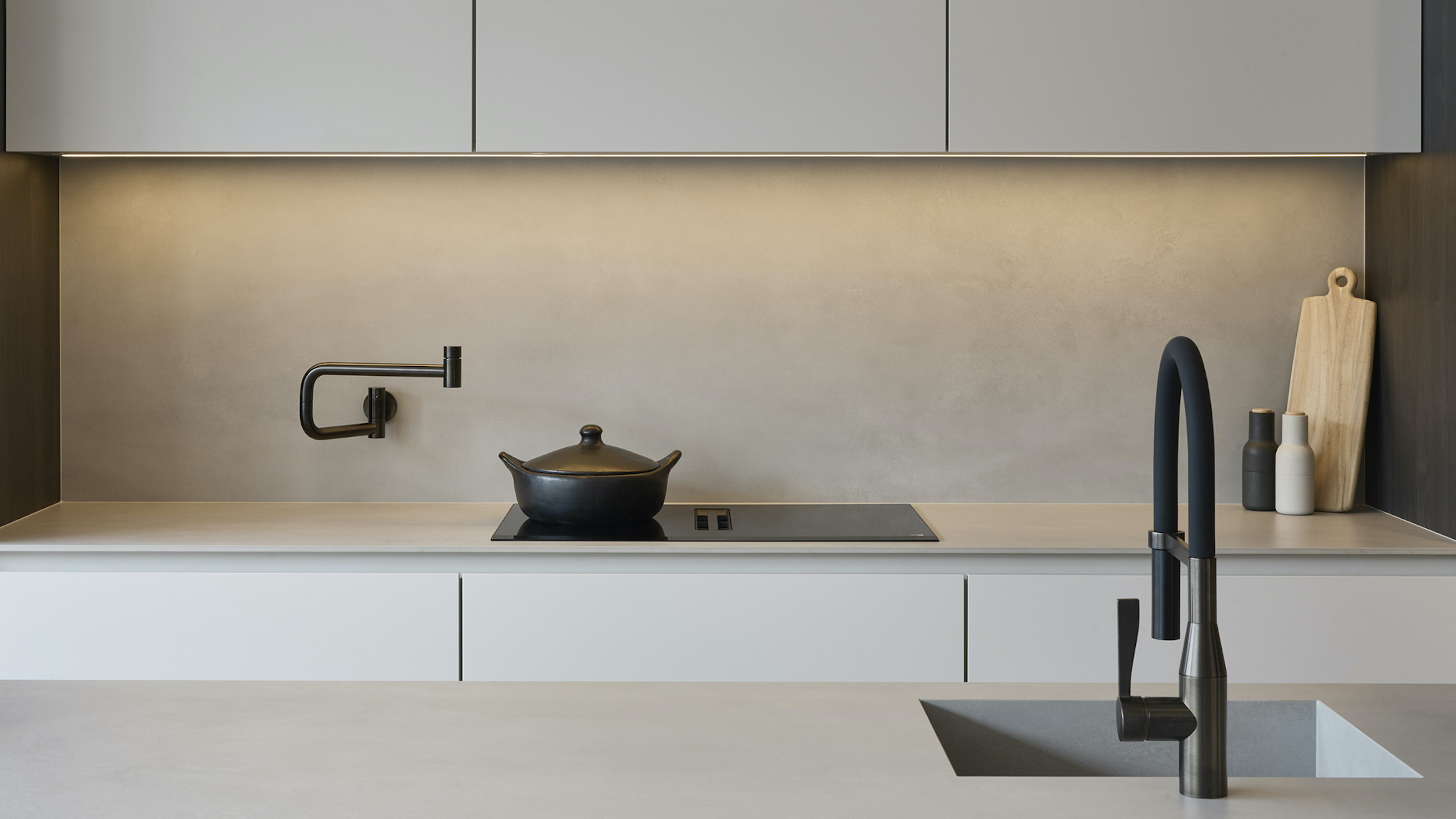 The 10 Different Types of Kitchen Taps — And the Pros and Cons of Each One to Know Before You Pick
The 10 Different Types of Kitchen Taps — And the Pros and Cons of Each One to Know Before You PickFrom sleek pull-outs to vintage bridge taps, explore 10 kitchen tap styles that mix function, flair, and a splash of cool
By Linda Clayton Published
-
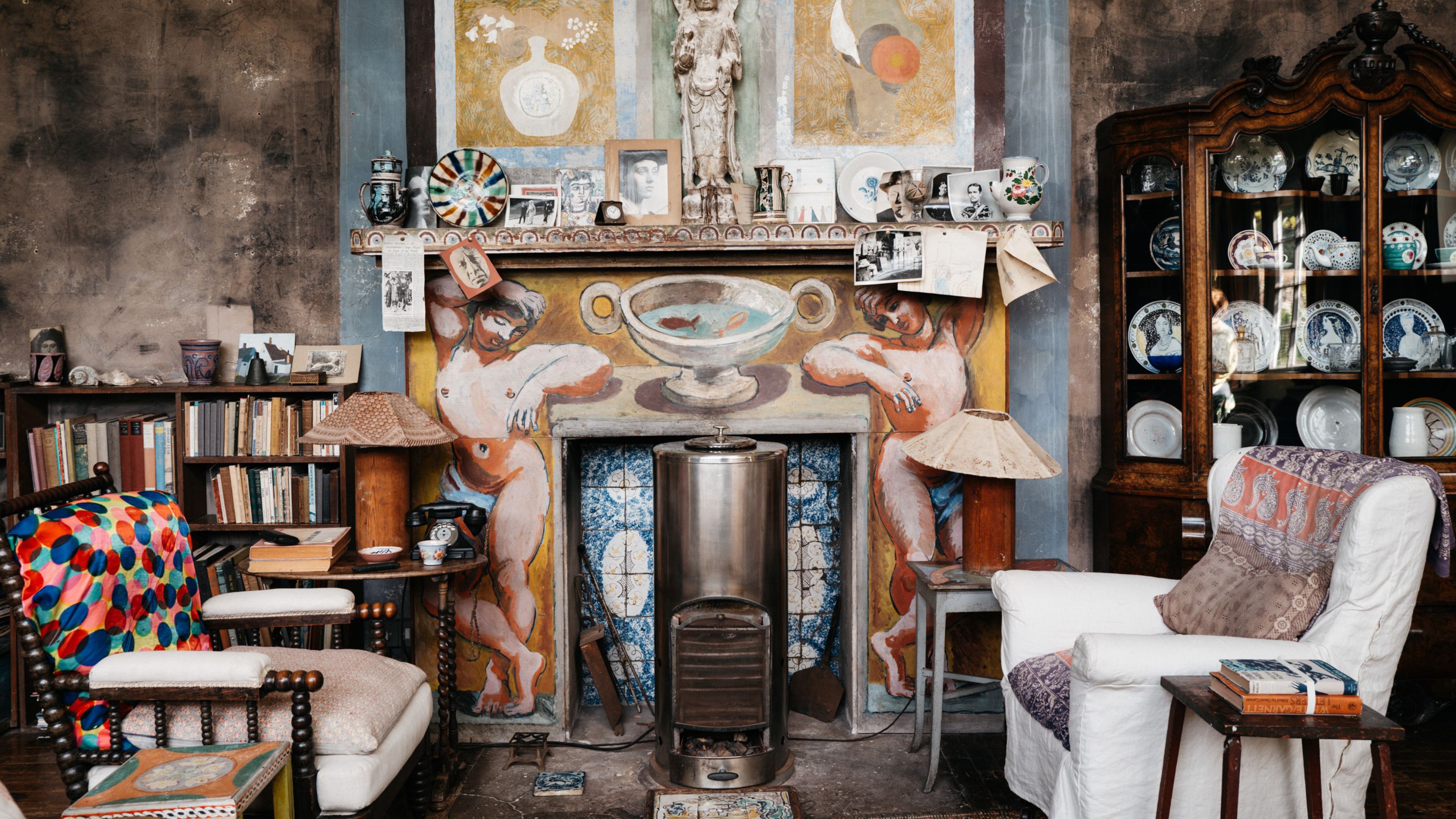 5 Things You Should Never Buy From a Thrift Store, According to People Who Know About Antiques
5 Things You Should Never Buy From a Thrift Store, According to People Who Know About AntiquesIt may look like treasure, but it may also just be trash. Here is how to know what to avoid while thrifting, and what to look for instead
By Olivia Wolfe Published
-
 The 10 Different Types of Kitchen Taps — And the Pros and Cons of Each One to Know Before You Pick
The 10 Different Types of Kitchen Taps — And the Pros and Cons of Each One to Know Before You PickFrom sleek pull-outs to vintage bridge taps, explore 10 kitchen tap styles that mix function, flair, and a splash of cool
By Linda Clayton Published
-
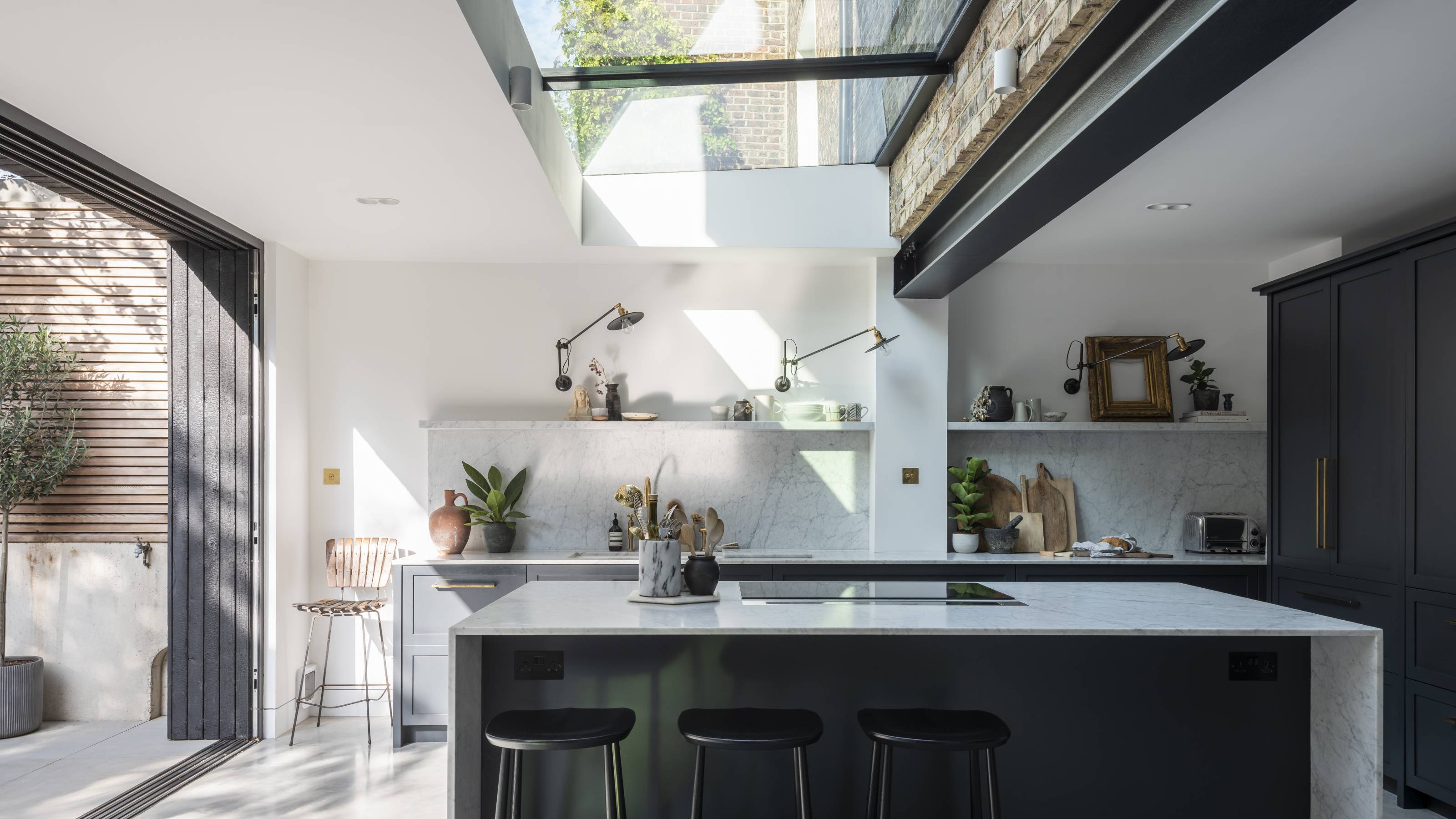 How Much Does an Extension Cost in 2025? Renovation and Design Experts Break Down Your Budget
How Much Does an Extension Cost in 2025? Renovation and Design Experts Break Down Your BudgetExplore how much different types of extensions cost in 2025 to budget for your project accurately
By Amy Reeves Published
-
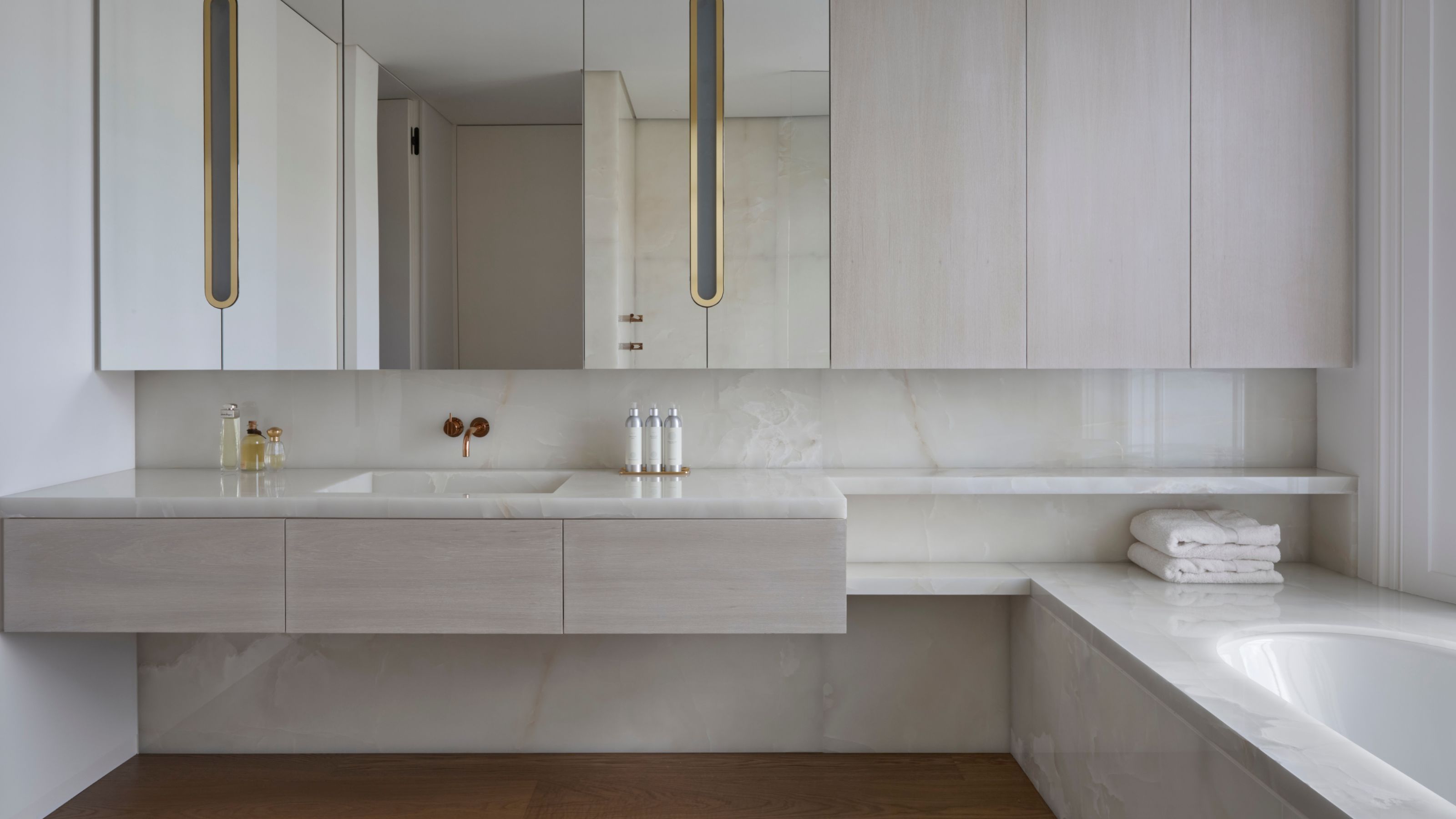 9 Bathroom Storage Mistakes You're Probably Making That Make Using This Space Much Harder — And What to Do Instead
9 Bathroom Storage Mistakes You're Probably Making That Make Using This Space Much Harder — And What to Do InsteadDiscover which mistakes are to blame for your overcrowded and cluttered bathroom
By Seraphina Kyprios Published
-
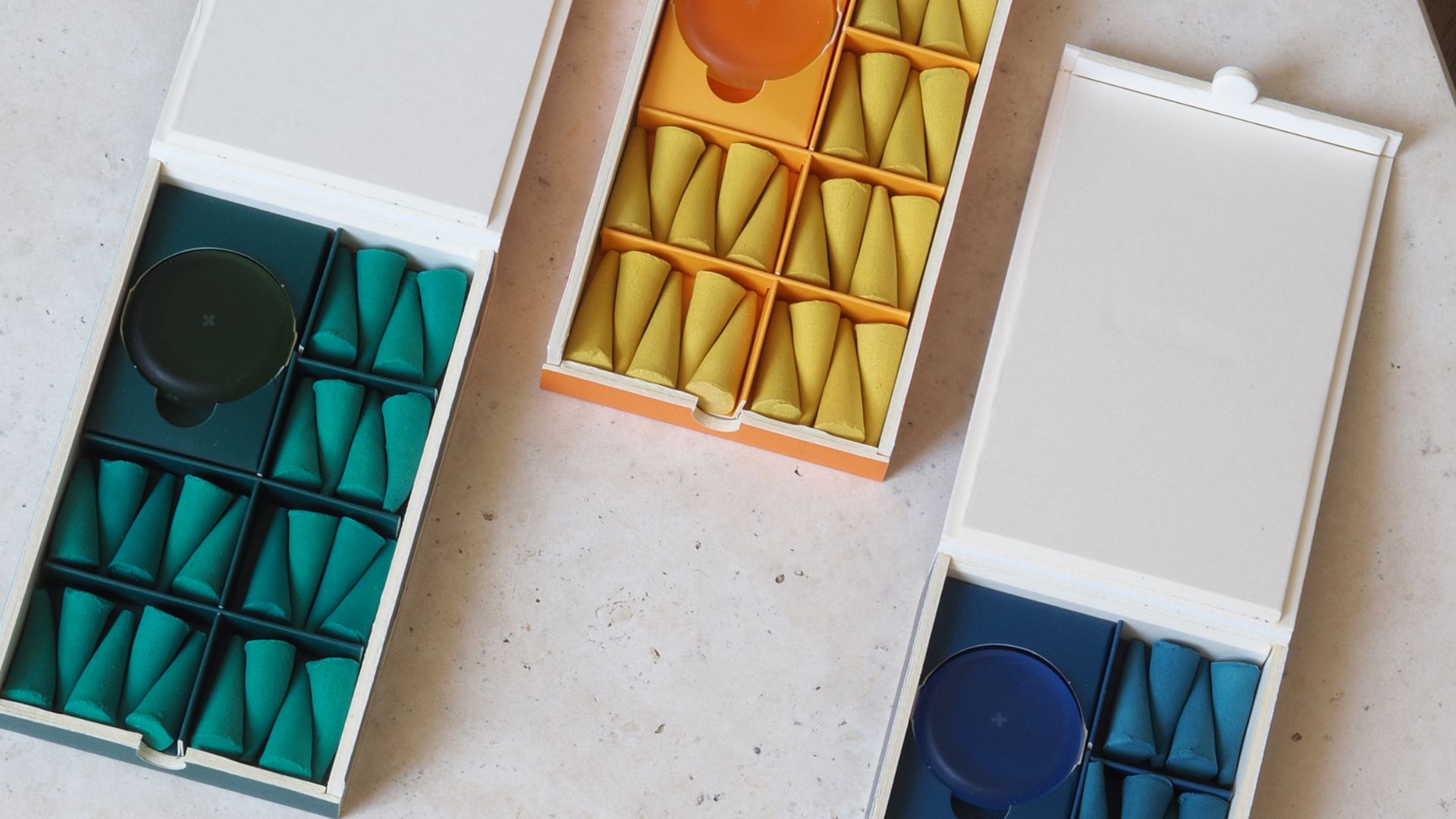 These 'Scenting Droplets' Might Be the Coolest (and Most Stylish) Way to Make Your Home Smell Amazing
These 'Scenting Droplets' Might Be the Coolest (and Most Stylish) Way to Make Your Home Smell AmazingIf you're looking to switch out your incense sticks for something more fun, then you should know about Ripple+'s incense droplets. Let me introduce you.
By Amiya Baratan Published
-
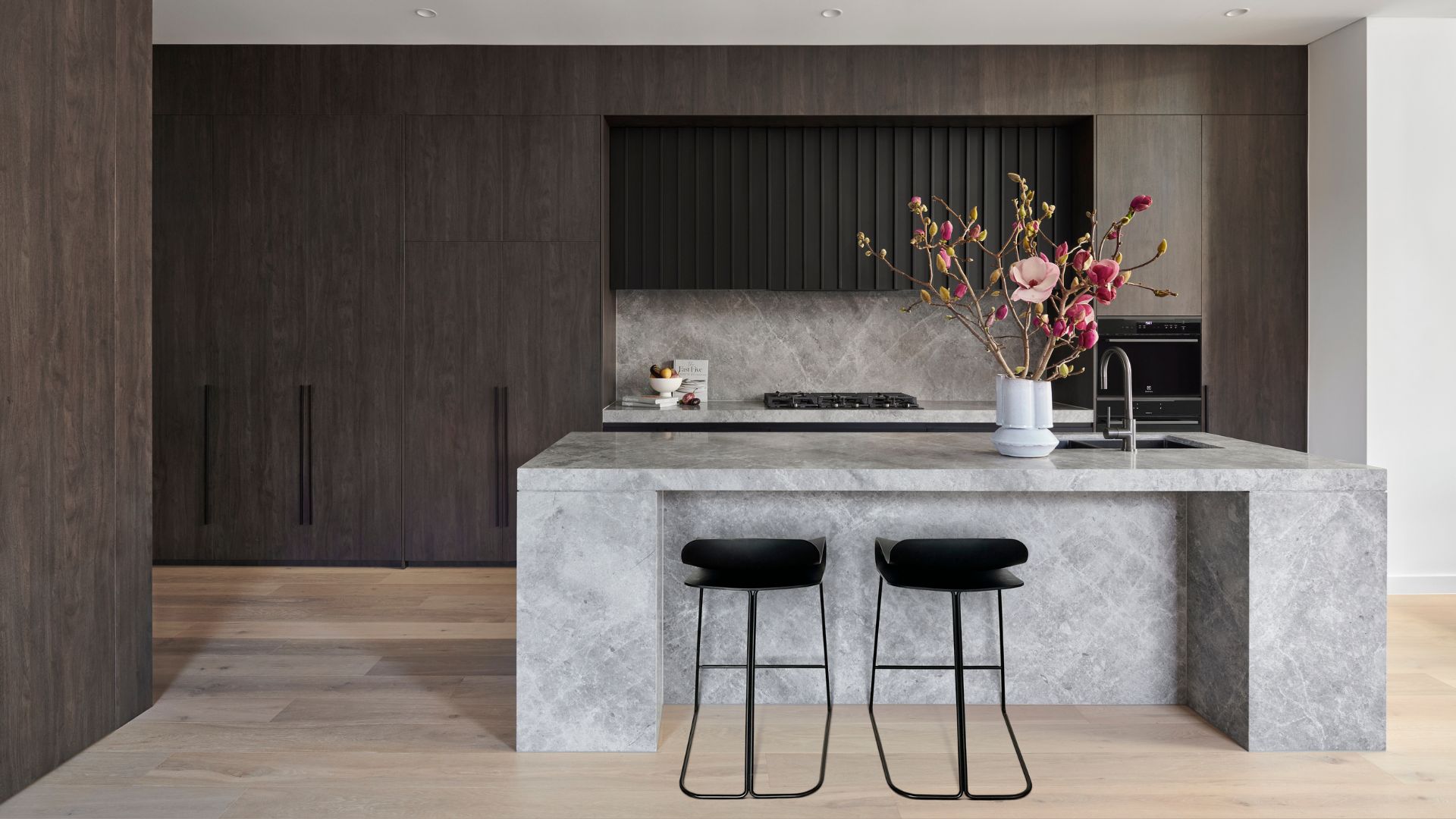 The Japanese Principle of Iki (粋) Is All About 'Refined Elegance' — Here's How to Embrace It in Your Home
The Japanese Principle of Iki (粋) Is All About 'Refined Elegance' — Here's How to Embrace It in Your HomeIf your interior vibe is all about refined elegance and opulent minimalism, you need to know about the Japanese principle of 'Iki'. Here's how to bring it home.
By Amiya Baratan Published
-
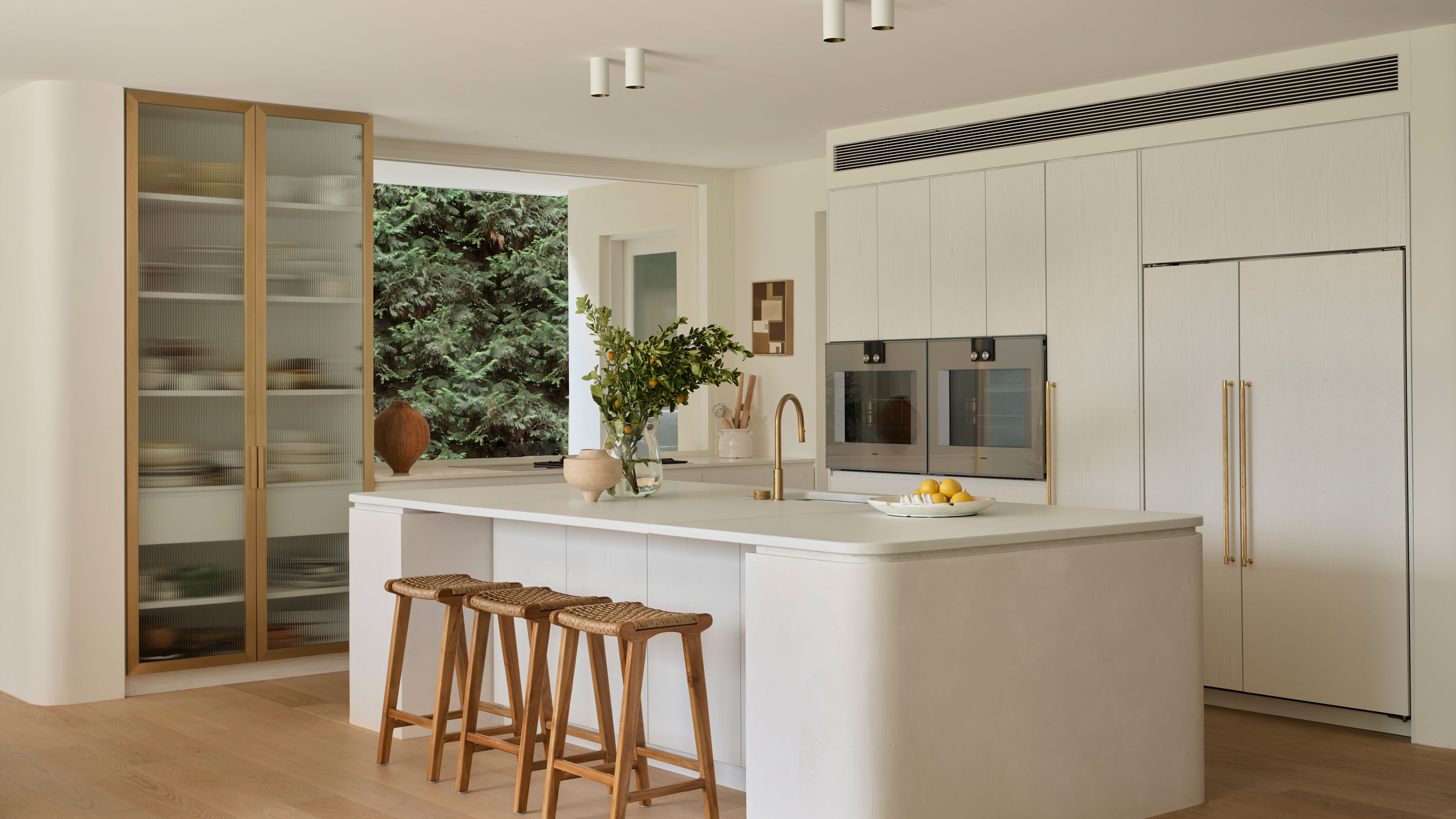 What Can I Choose Instead of Brass Taps? 4 Finishes That Are Emerging in 2025's Kitchens and Bathrooms
What Can I Choose Instead of Brass Taps? 4 Finishes That Are Emerging in 2025's Kitchens and BathroomsIf you want to try something a little different for your kitchen or bathroom finishes, these are the trending styles in taps beyond classic brass
By Seraphina Kyprios Published
-
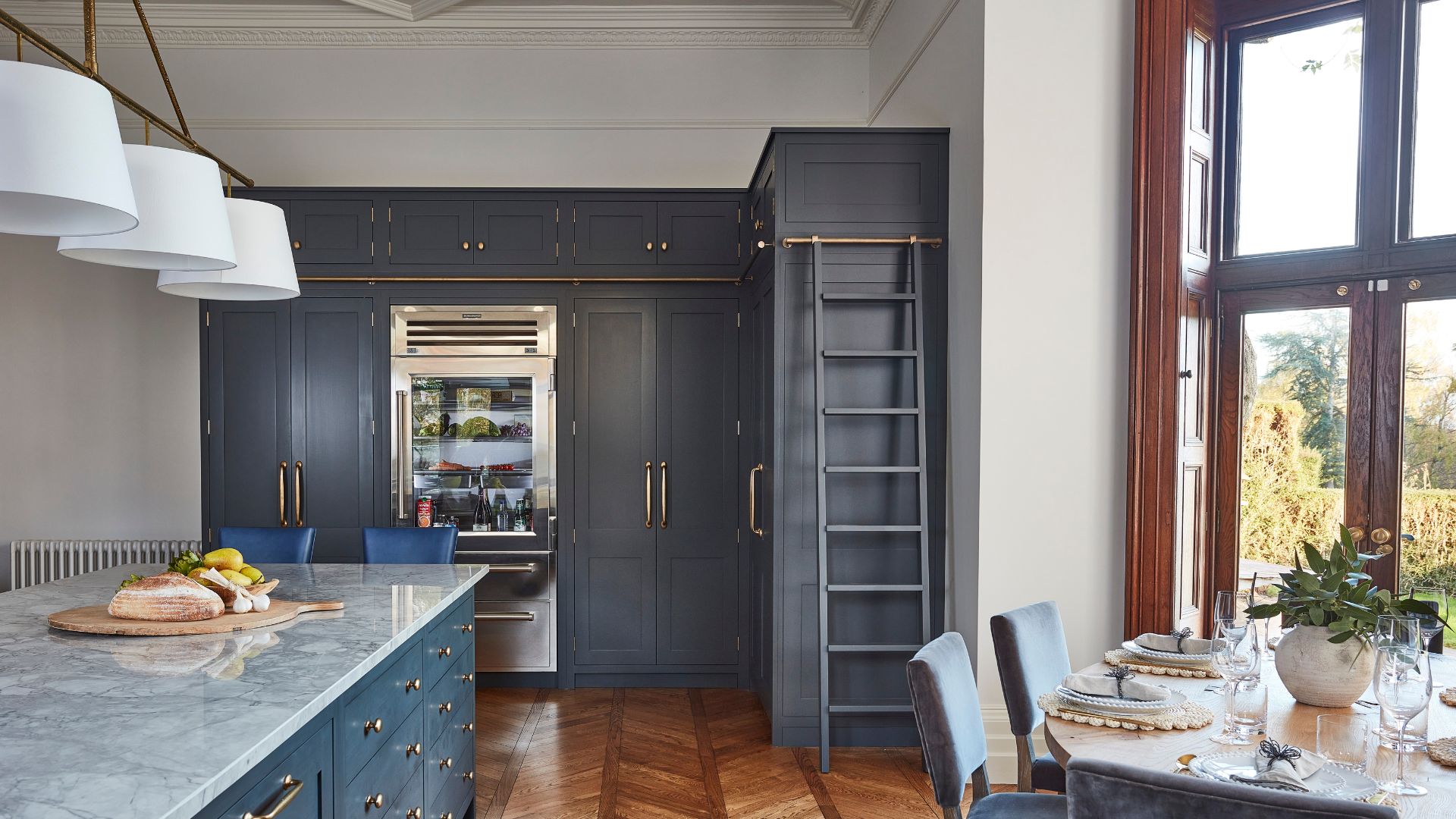 Kris Jenner’s 'All-Green' Glass Fridge Is My Organization Inspo of the Week — Here Are 5 Smart Storage Takeaways I'll Be Adopting
Kris Jenner’s 'All-Green' Glass Fridge Is My Organization Inspo of the Week — Here Are 5 Smart Storage Takeaways I'll Be AdoptingIf you're looking for fridgescaping inspiration, you might not think to look to Kris. But her all-green fridge says otherwise. Here are five tips we've learnt.
By Amiya Baratan Published
-
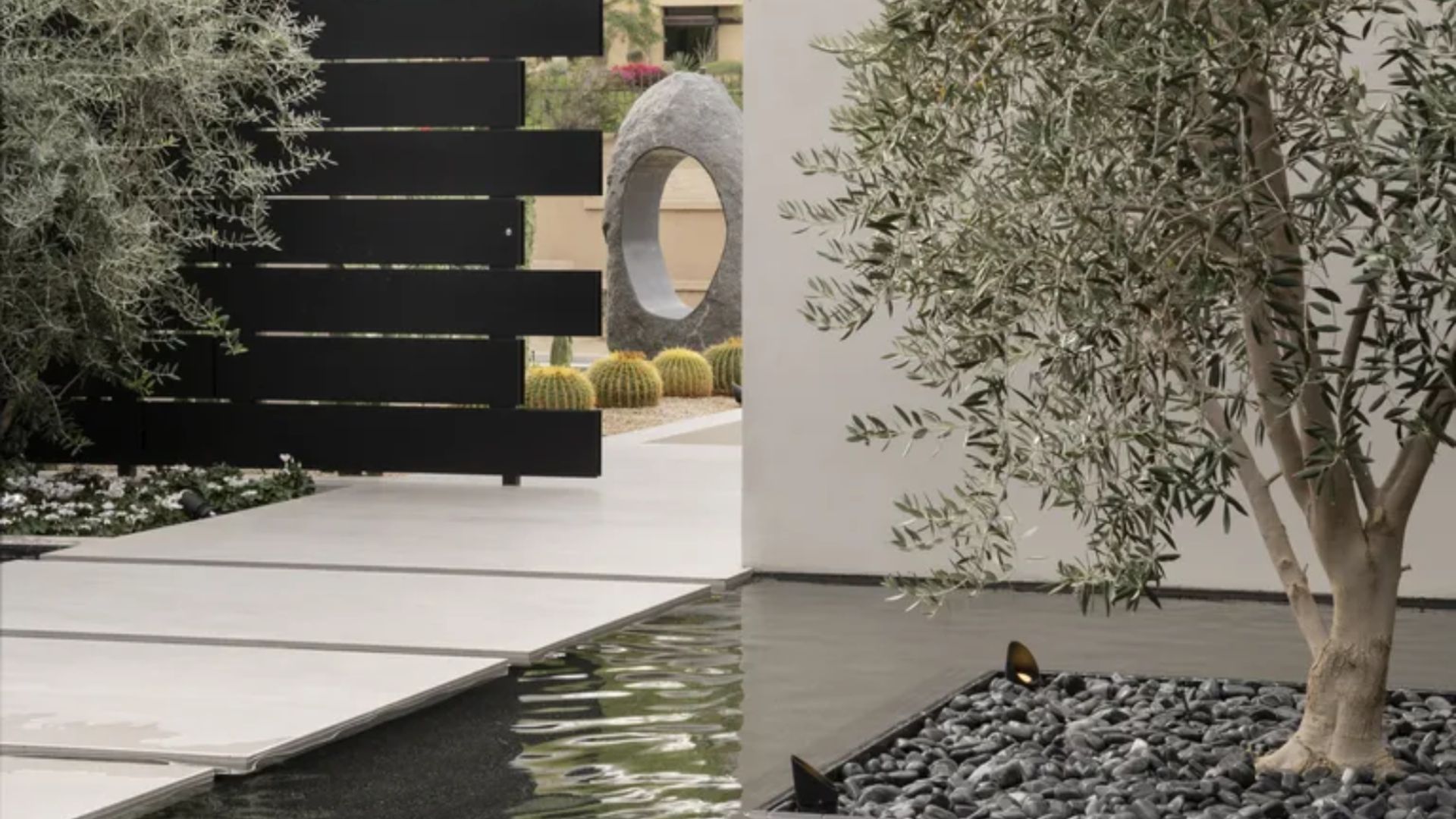 8 Tranquil Water Garden Ideas That Look Beautiful and Train Your Ear Away From Noisy Outdoor Distractions
8 Tranquil Water Garden Ideas That Look Beautiful and Train Your Ear Away From Noisy Outdoor DistractionsIf you enjoy spending time outdoors and are looking for ways to elevate your backyard's ambiance, here are 88 water garden ideas that are sure to inspire.
By Amiya Baratan Published